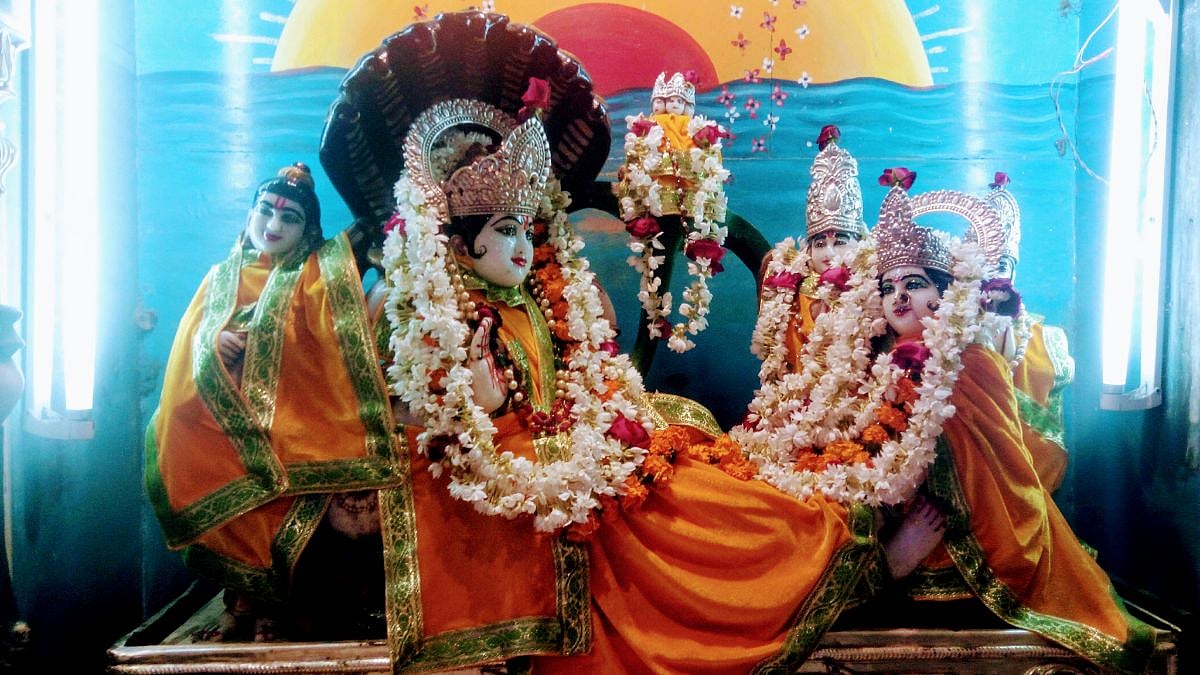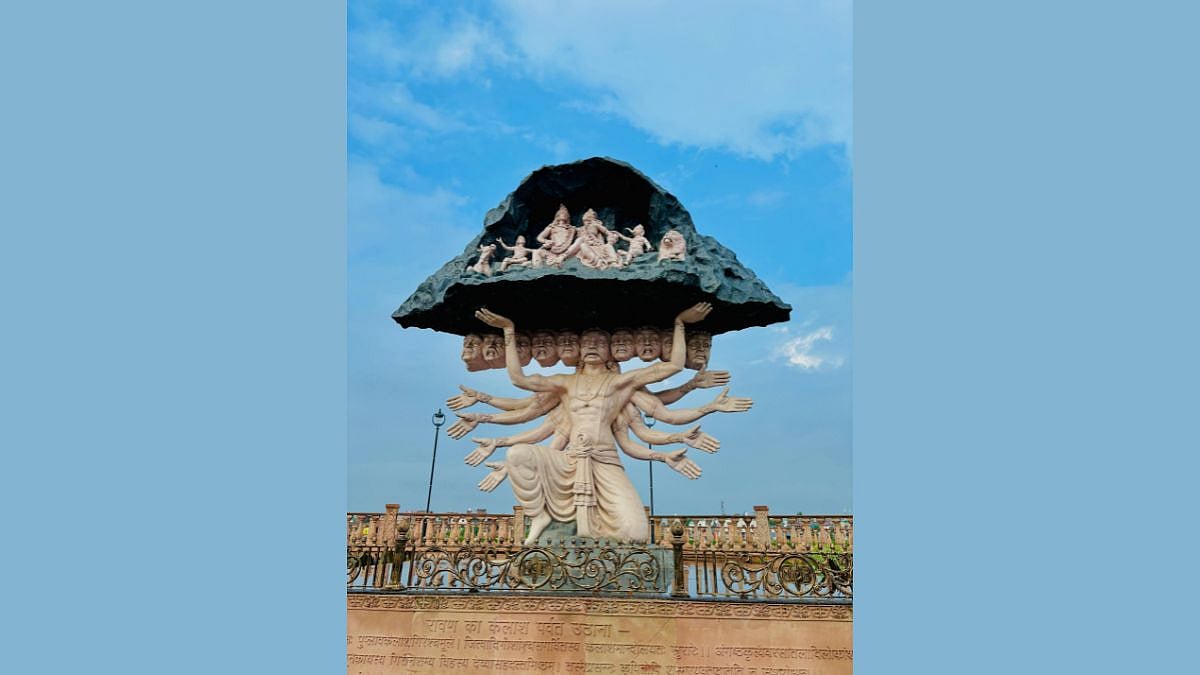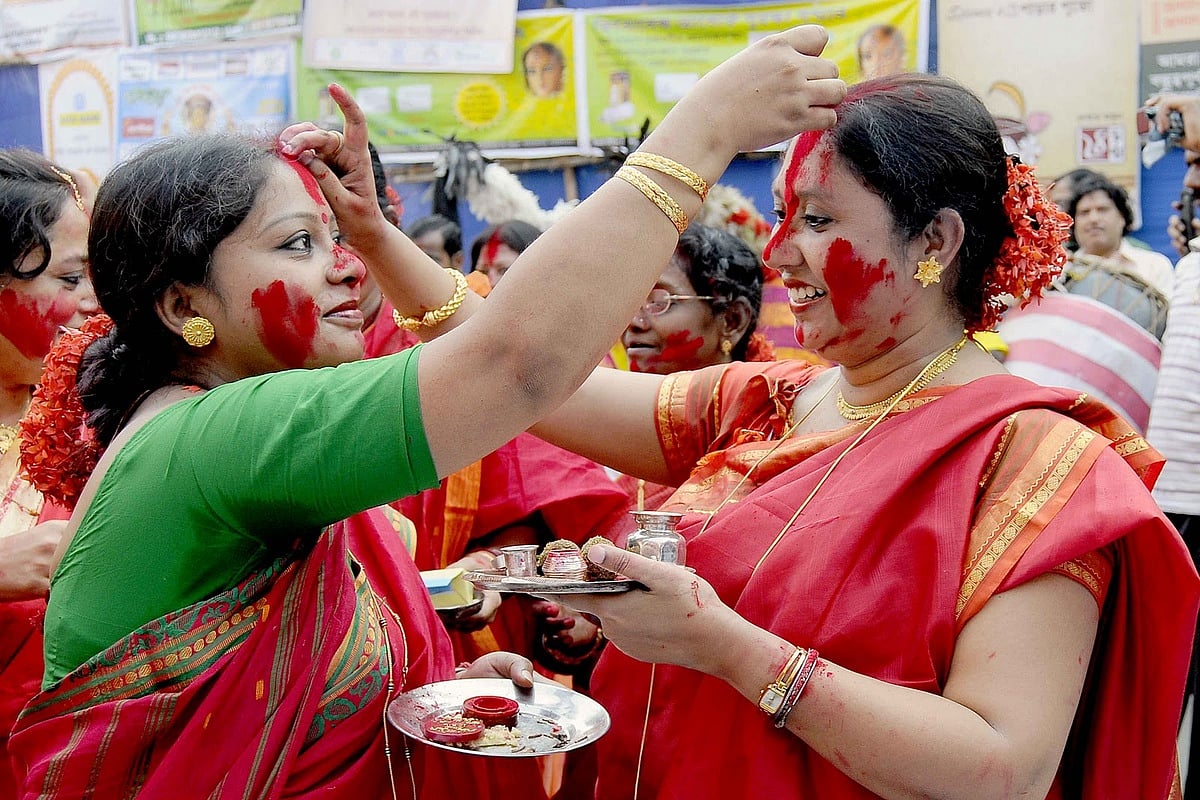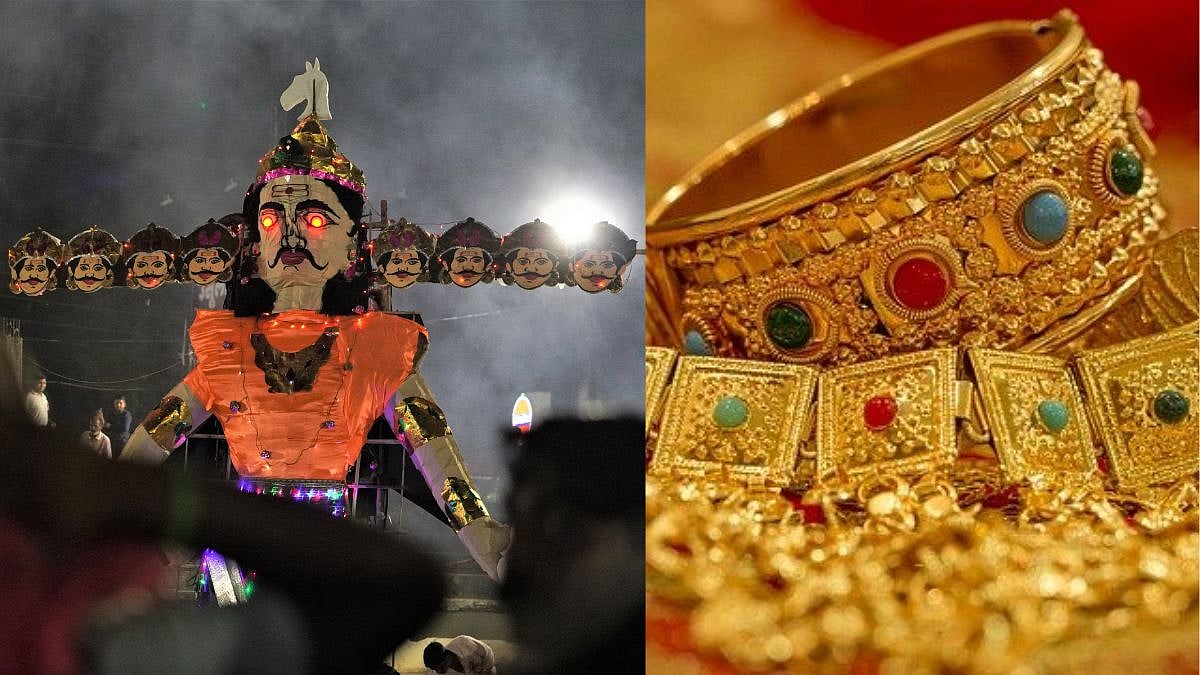Jeeva means life and Mukta is one who is liberated or free. Thus, Jeevanmukta denotes the one who is living and free. This may appear to have a deeper significance and sound like an oxymoron. As the understanding goes, life exists because of ‘binding’ and there can’t be a ‘freed’ life. Similarly, the real mukta in terms of input/output processes is the one who vacated the body and moved on. Thus, to call a living as the Jeevanmukta requires great clarity and deeper exploration-based understanding.
According to the Karma theory, one assumes the life form to ‘clear’ or ‘live off’ a part of the pending cumulative Karma called ‘Sanchita’. The part which has to be undergone in this lifetime becomes ‘Prarabdha’ for that life. Incidentally, living off of the Karmas is not smooth. Humans without their awareness add to the existing Karmic burden as they live, and these become ‘Aagaami’, meaning forthcoming.
Understanding 'Maya' or Illusion
The Maya, or the illusion of being the body, also comes strongly with life. When the body gets formed, the life descends into the body as ‘Chitkala’ prana rupa (a form of life force) but would be forgotten. The ‘Dehatma’ bhava, the notion that one is the physical body shall prevail and dominate the person. The concept of ‘Self’ gets obfuscated, deemed as body and one gets lost in the journey. Then the burden of life increases. The sense of witnessing the unfolding events which is called the ‘Sakshi’ bhava takes a back seat. One becomes the integrated screenplay writer, director, and suffering actor of the series which is bound to take a downward spiral. Hyper-meanings get attributed where nothing exists and involvement becomes attachment. Expectations soar, disappointments build in, and then comes ‘dukha’, the perpetual sorrow.
How To Be Free
Here comes the important question of how one gets back to the original condition of being free. Here freedom doesn’t mean escaping from the embeddedness but though present in that reality, not getting affected. The unbiased observation is the first step that takes one on the journey of Oneness. The sense of ‘Purnatva’, abundant fullness, makes one realise that what is unfolding is in one’s interest and there can’t be anything happening that is not in the evolutionary interest of the individual. Life becomes light and the journey blissful.
Prof S Ainavolu is a Mumbai-based teacher of tradition and management. Views are personal. https://www.ainavolu.in/blog










